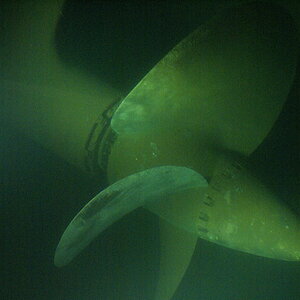Dick Sanders
TPF Noob!
- Joined
- Sep 7, 2008
- Messages
- 222
- Reaction score
- 2
- Location
- Southern California Desert
- Website
- www.dicksanders.com
- Can others edit my Photos
- Photos NOT OK to edit
Here's a photo I made with my 8x10 pinhole camera of the Albert Frey designed "Flying Wedge," which was a gas station in Palm Springs, CA for many years. Today, it's the Palm Springs Visitors Center. At the time I made this photo, it was an art gallery and the owner had a collection of Japanese fish-net floats he spaced around the grounds.
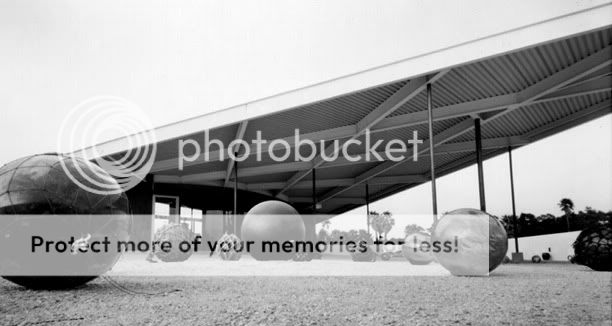
Here are the 8x10 and 5x7 pinhole cameras. Both are 4 3/4 inch focal length. Note the sight lines for framing. And also the orange filter that adds contrast, and lens cap for shutter (8x10).
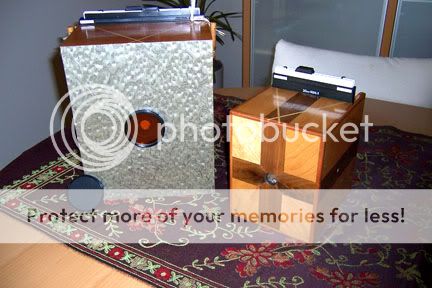
Note the hinged back frame that drops away for 8x10 sheet filmholder insertion. When closed it's held firmly in place by two small tapered dowls that squeeze into latches on the sides. Just pull the slide, pull the cap, and expose. The 5x7 uses two big dowls that slide into an angled track and press on the filmholder. When no film is in use, the filmholder is replaced by a flat wooden pressure plate (shown here). My cabinet maker made these cameras for me. Both have tripod sockets (and sight lines) for vertical and horizontal orientation.

Here's the inside of the 5x7. The Flying Wedge photo is pretty sharp because the pinhole is the optimal size for 4 3/4 inch focal length. I have a 4 x 8 foot print in my living room and people can't believe it was made with just "a pinhole." I always have to drag the camera out and show them.

Thanks for looking. Comments welcome, questions gladly answered.

Here are the 8x10 and 5x7 pinhole cameras. Both are 4 3/4 inch focal length. Note the sight lines for framing. And also the orange filter that adds contrast, and lens cap for shutter (8x10).

Note the hinged back frame that drops away for 8x10 sheet filmholder insertion. When closed it's held firmly in place by two small tapered dowls that squeeze into latches on the sides. Just pull the slide, pull the cap, and expose. The 5x7 uses two big dowls that slide into an angled track and press on the filmholder. When no film is in use, the filmholder is replaced by a flat wooden pressure plate (shown here). My cabinet maker made these cameras for me. Both have tripod sockets (and sight lines) for vertical and horizontal orientation.

Here's the inside of the 5x7. The Flying Wedge photo is pretty sharp because the pinhole is the optimal size for 4 3/4 inch focal length. I have a 4 x 8 foot print in my living room and people can't believe it was made with just "a pinhole." I always have to drag the camera out and show them.

Thanks for looking. Comments welcome, questions gladly answered.
Last edited:


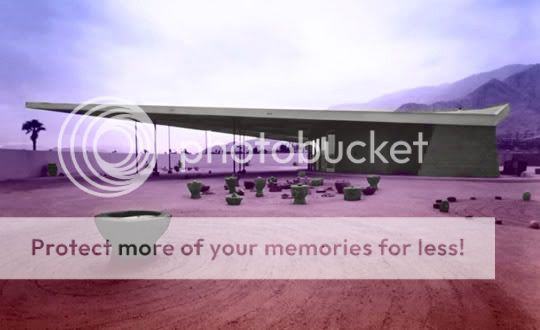


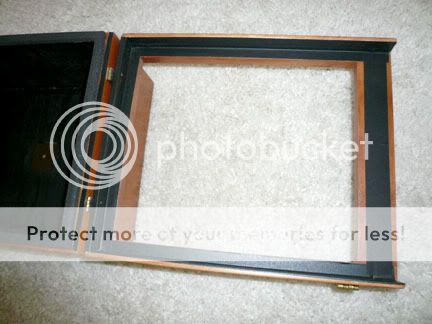
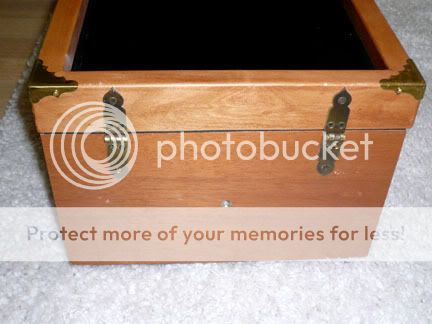
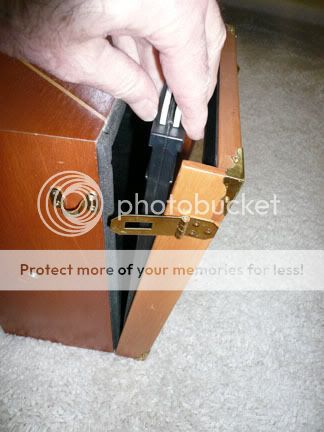
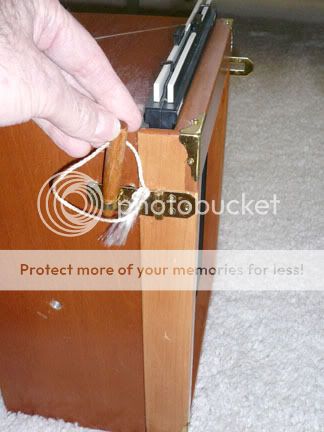
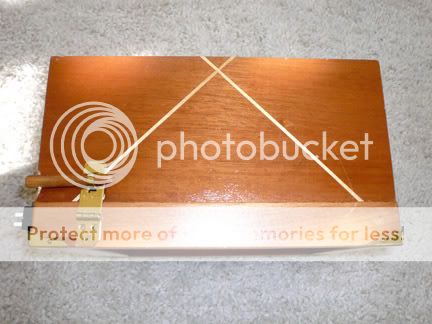

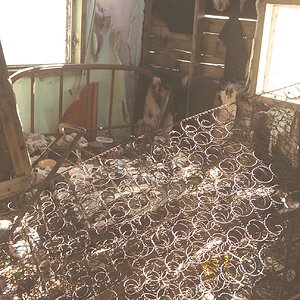
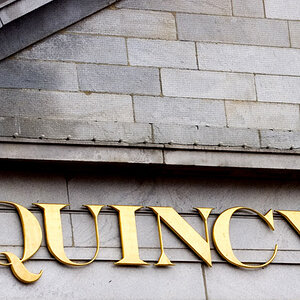
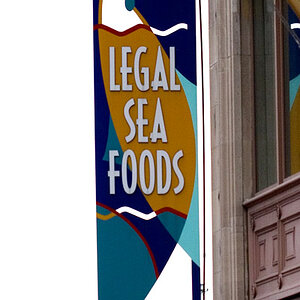

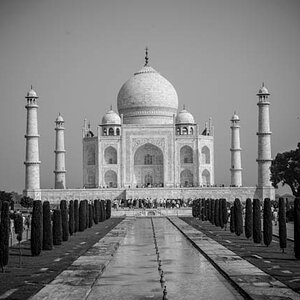
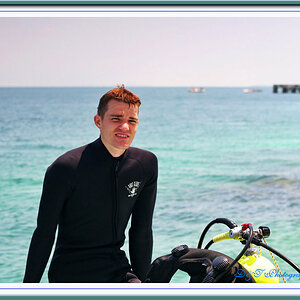
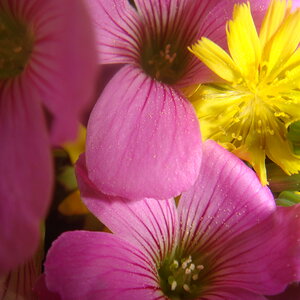
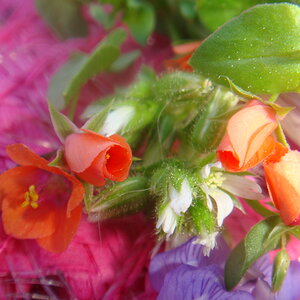
![[No title]](/data/xfmg/thumbnail/37/37604-7ad625e983f92f880eb65a264eeef5e4.jpg?1619738148)
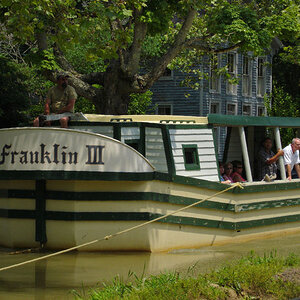
![[No title]](/data/xfmg/thumbnail/37/37606-3c9ffb5906173fa2aa489341967e1468.jpg?1619738148)
